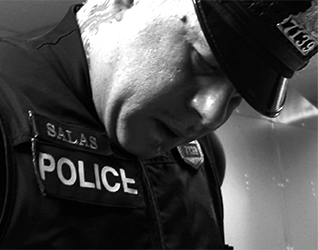Share
A healthy community requires hard work and a concerted effort by all stakeholders—governing bodies; medical partners; faith communities; community and nonprofit groups; and, of course, law enforcem...

Share
The communities in which police officers work encompass a multitude of individuals with different ages, genders, incomes, races, ethnicities, religions, sexual orientations, abilities, health statuses...

Share
Experiential learning in life is an asset that needs recognition as a vital part of training in individuals’ resilience to stress. Similar to the characters in a computer game where experiences resu...

Share
The death of Michael Brown in 2014 and subsequent high-profile officer-involved shootings have prompted police departments across the United States to evaluate their use of force and deadly force poli...

Share
There is much talk among law enforcement officers about de-escalation and use of force—methods, appropriate use, and risk analysis. Although each officer needs to follow his or her training, individ...
Share
Whether individuals work in urban, suburban, or rural communities, law enforcement officers invariably encounter the impact of drug use and mental illness. These impacts range from disruptive behavior...

Share
Robert “Ethan” Saylor was a 26-year-old man who enjoyed going to the movies. He also had Down syndrome, a genetic condition that often causes intellectual and developmental delays. In February 201...

Share
A decrease in mental health funding has resulted in a shift from psychiatric custodial treatment of persons with mental illness to that of a community-living approach. In December 2015, an announceme...



